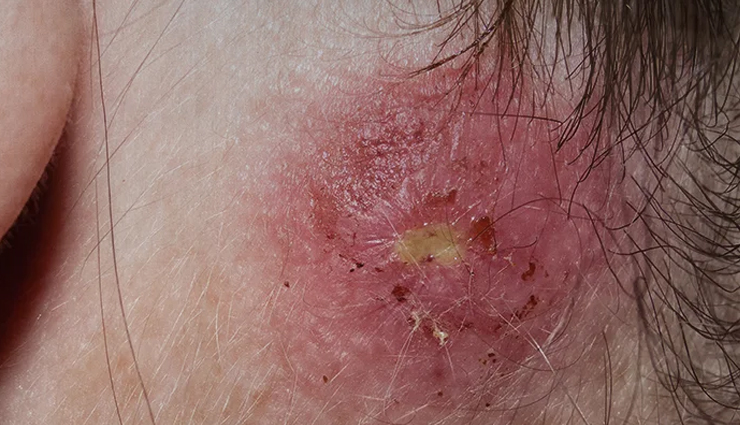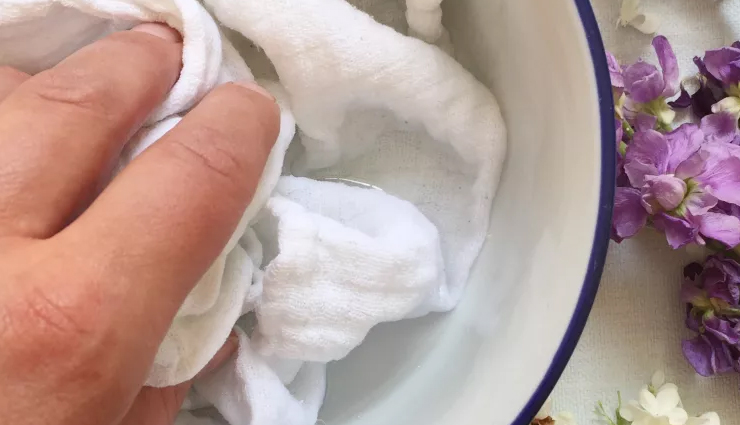
Staph infections can range from minor skin conditions, such as boils and impetigo, to more severe and potentially life-threatening conditions, such as pneumonia, sepsis, and toxic shock syndrome. The severity of the infection depends on various factors, including the specific strain of Staphylococcus involved and the overall health of the affected individual.
Staph infections are often characterized by symptoms such as redness, swelling, warmth, and pain at the site of infection. In more serious cases, symptoms may include fever, chills, and the formation of pus-filled abscesses.
One particularly concerning aspect of Staph infections is the development of antibiotic-resistant strains, such as Methicillin-resistant Staphylococcus aureus (MRSA). These resistant strains make treatment more challenging and underscore the importance of proper hygiene, infection control measures, and judicious use of antibiotics.

Applying a warm compress to the affected area may help reduce pain and promote drainage of pus from an abscess. Use a clean cloth soaked in warm water and apply it gently to the infected area for about 15-20 minutes several times a day.
Tea tree oil has natural antibacterial properties. Dilute a few drops of tea tree oil with a carrier oil (such as coconut oil) and apply it topically to the infected area. However, be cautious with tea tree oil as it can cause irritation in some individuals.
Garlic is known for its antimicrobial properties. Crush a garlic clove and mix it with a carrier oil, then apply the mixture to the affected area. Garlic can be irritating to the skin, so test a small area first and discontinue use if there is any irritation.
Manuka honey has antibacterial properties and can be applied topically to wounds. Choose a high-quality, medical-grade Manuka honey and apply a thin layer to the affected area.
Turmeric has anti-inflammatory and antimicrobial properties. You can mix turmeric powder with water or a carrier oil to form a paste and apply it to the infected area. Cover with a clean bandage and leave it on for a few hours before rinsing.
Epsom salt baths may help relieve symptoms and promote healing. Dissolve Epsom salt in warm bathwater and soak the affected area.